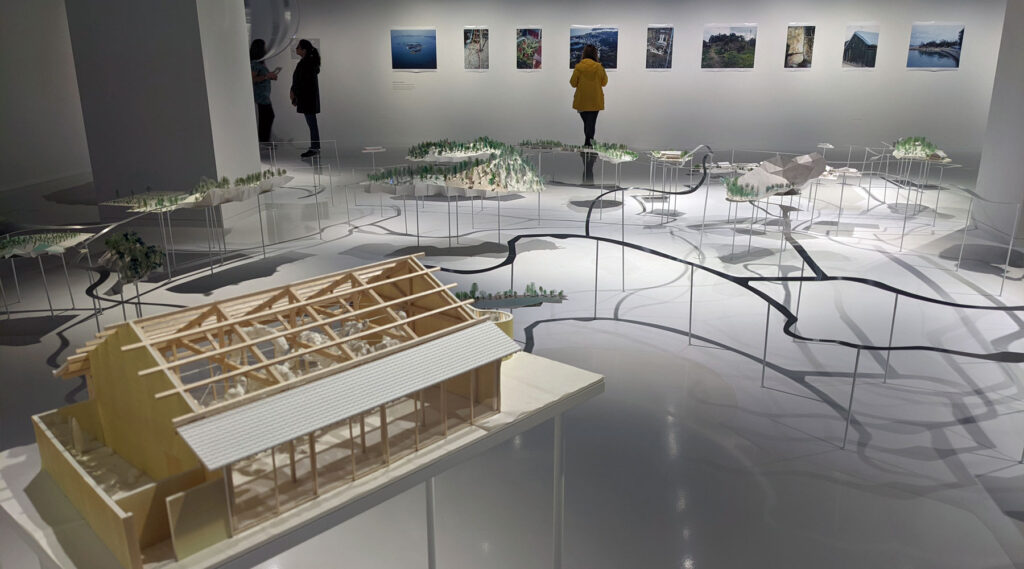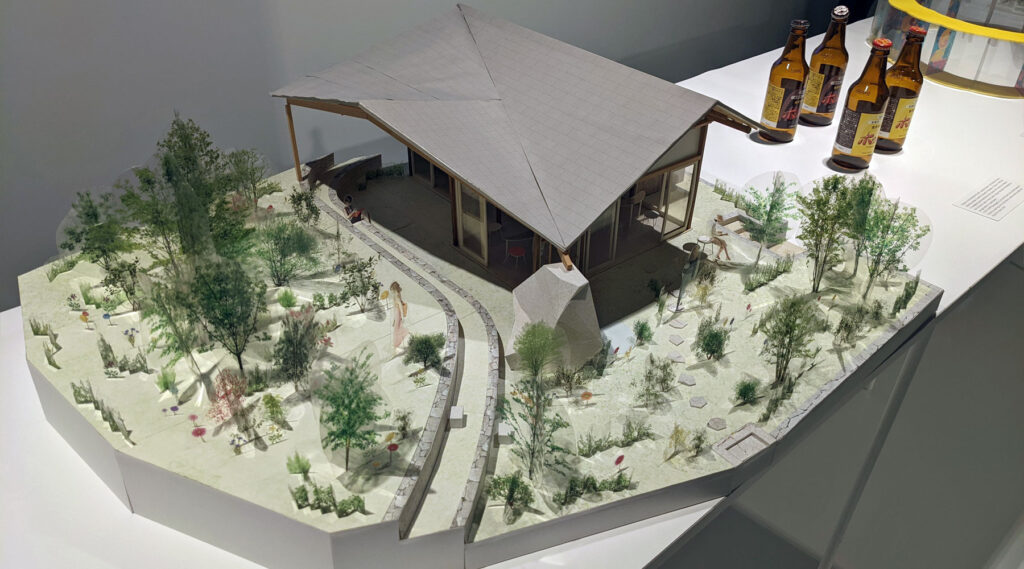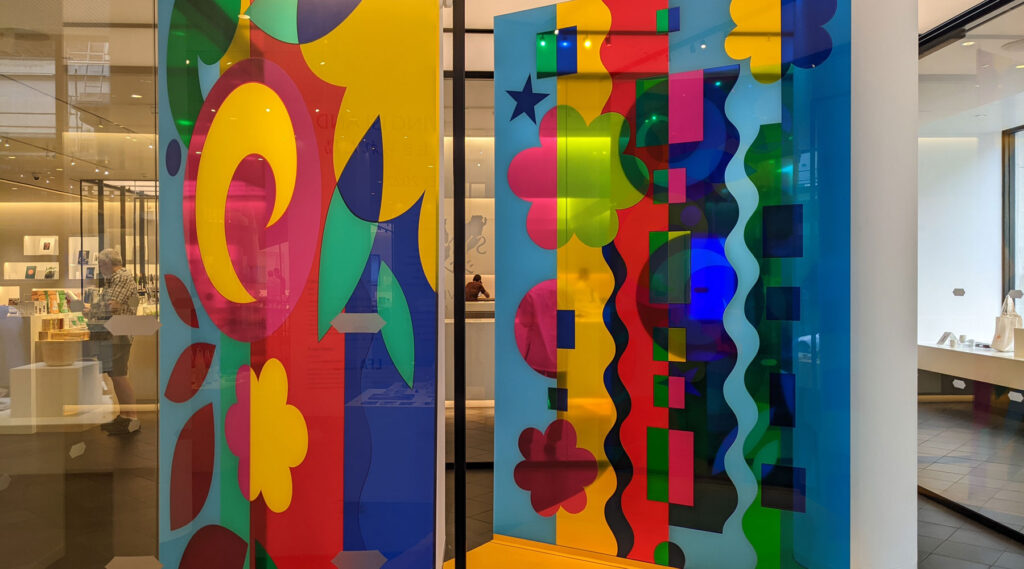A small Japanese island with a shrinking population that has found a new unexpected life as an island of art is the topic of an exhibition at Japan House in Kensington at the moment.
The small island of Inujima in the southern half of Japan, and, as with much of rural Japan, was struggling with a shrinking population as people moved to the cities for work. Destined to potentially be totally empty within a few decades, they turned to art to bring people to the island, to live and visit. So, for the past 13 years, this tiny island in the Seto Inland Sea has been host to the Inujima ‘Art House Project’
The aim of the project is to use art, pavilions and creative projects to breathe life back into an island with a diminishing population, ensuring its future and enriching the lives of its inhabitants.
The exhibition in Japan House tells the story of the art project, and how it affected the lives of the people who still live on the island. It’s a mix of photos, videos and models of the art pavillions, and also a large exploded scale model of the island itself.
As an exhibition, it’s informative about what’s going on at the island, but I felt it missed the opportunity to explain more about the wider issue of shrinking rural populations and how this art project is not an isolated situation, but part of a wider trend to try and repopulate the countryside. I felt the exhibition needed more context to explain why the art project is so important.
That said, it’s informative and interesting to see how the artists have worked with the residents rather than imposing themselves on the landscape and made use of the old industrial sites that still litter the island a century after they closed down.
They’ve given the pavilions letters, from A to S, so A-ART to S-ART, which for English speakers, does also mean there’s an F-ART in the island.
The exhibition, Symbiosis: Living Island, is at Japan House until 4th September. Entry is free and you don’t need to book tickets. The exhibition is in the basement of the shop.
Unusually, they have a no bags policy, which I’ve not experienced there before, so if you turn up with a bag, they have a cloakroom to put bags in while you visit.
Also, slightly easy to miss is that one of the models of the pavillions is of a circle with coloured panels inside it — and some of the panels are also on display, in the ground floor shop.









